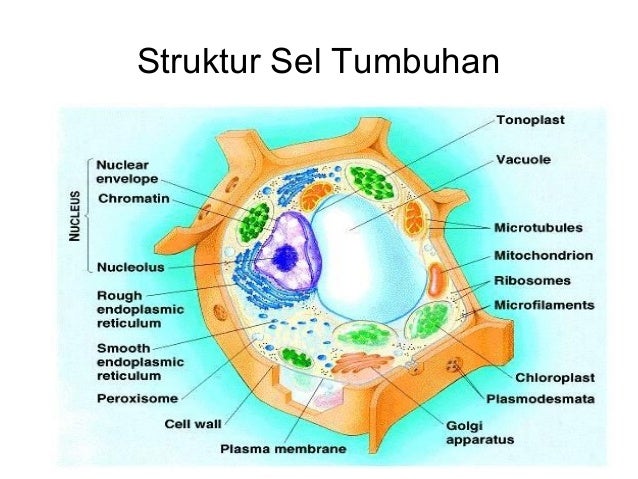
The intricacies of cellular processes are a testament to the marvels of biology. As one delves deeper into the subject of cell division, particularly mitosis, it becomes evident that understanding which cells are not actively engaged in this phase can offer profound insights into the broader narrative of cellular functionality. The cycle of a cell can be visualized as an elaborate symphony, wherein each segment plays a distinct role, and recognizing the absence of activity during certain stages is equally significant as noting the vigorous actions during others.
Mitosis, characterized as the process through which a eukaryotic cell divides its nucleus and genetic material, comprises several distinct phases: prophase, metaphase, anaphase, and telophase. Each of these phases marks a specific event in the overarching mechanism of cell division, ultimately culminating in the formation of two genetically identical daughter cells. However, not every cell is perpetually in this cycle. In fact, certain cells exist outside the active phases of mitosis, residing instead in what is termed interphase—a critical, yet often overlooked, period of cellular life.
Interphase can be further delineated into three segments: G1 phase (Gap 1), S phase (Synthesis), and G2 phase (Gap 2). Cells in interphase are not merely dormant; rather, they are busy managing crucial preparatory processes that ensure the viability and readiness for subsequent mitotic activity. They engage in various functions, including growth, metabolic activity, and replication of DNA, which are foundational to sustaining life and facilitating future division.
Cells that illustrate a consistent non-participation in mitosis are notorious for their prolonged stay within interphase. Neurons, for instance, represent a fascinating case study. Once they have undergone differentiation, these cells typically cease to divide and remain in a state of dormancy, exemplifying a permanent exit from the mitotic cycle. Their exit signifies a transformative journey; while they forgo multiplication, they are instead dedicated to optimizing communication pathways, developing synapses, and managing an intricate network of signals—a dazzling demonstration of cellular specialization and function.
Additionally, muscle fibers exhibit a similar non-mitotic characteristic. Once muscle cells differentiate into mature muscle fibers, they enter a G0 phase, a resting state of the cell cycle. While they can regenerate to some degree through satellite cells, the muscle fibers themselves generally eschew division. This adaptation allows muscle cells to maximize their structural and functional roles, solidifying their specialization and durability under physical strain.
Moreover, the implications of cells choosing to remain in interphase extend beyond mere physical structure. The decision for a cell to switch to a non-dividing state reflects evolutionary narratives that underscore survival and adaptability. In instances of stress or environmental change, cells may enter a senescent phase, wherein they become stable and lose the ability to divide but retain the capacity to respond to stimuli and secrete various factors that can influence neighboring cells. Senescence thus exemplifies a strategic retreat from the rigors of division to ensure cellular and tissue integrity during periods of duress.
Further complexity in this discussion arises when considering cancer cells. Unlike typical somatic cells, cancer cells often exhibit uncontrolled division and may bypass the regulatory checkpoints that govern the cell cycle. Their ability to enter mitosis at an accelerated rate starkly contrasts with the regulated behaviors of non-dividing cells such as neurons or muscle fibers. This aberration in the balance of cell proliferation versus quiescence poses significant challenges in therapeutic contexts, underscoring the multifaceted nature of cellular behavior.
The dualities of cellular life—active division versus quiescence—speak to a larger philosophical inquiry regarding purpose and efficiency. While the biological imperative is to multiply and propagate, the capacity to withdraw and specialize is equally vital to the organism’s holistic functionality. The vantage point where certain cells exist outside the circular path of mitosis invites a deeper contemplation of what it means to thrive in a cellular ecosystem.
In conclusion, while mitosis is integral to understanding cellular division, an appreciation for the cells that do not partake in this process is essential for a comprehensive grasp of biological systems. Cells such as neurons and muscle fibers exemplify the remarkable diversity of cell function, highlighting a narrative of specialization, adaptation, and evolutionary significance. The complexities of interphase and the strategic decisions over division underscore a multifaceted biological engine that operates not solely on the principles of growth but also on the delicate interplay of differentiation and longevity.
Thus, the enigma of which cells are not participating in mitosis reveals the intricate tapestry of life’s processes, a reminder of the interconnectedness of existence at every level—from the mundane to the marvelous. Emphasizing these perspectives enhances our understanding, drawing us closer to the rich paradigms that define the living world.
